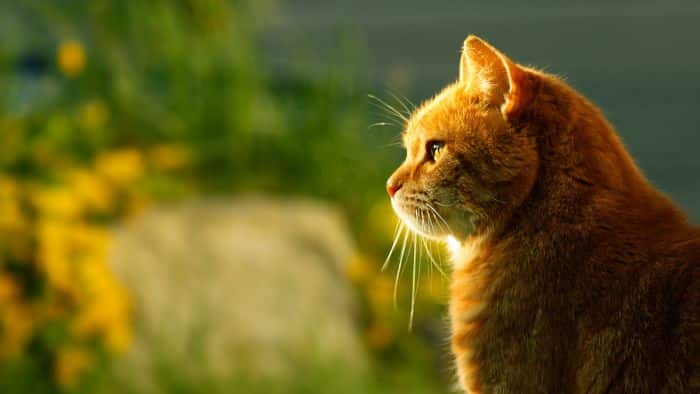Hepatic Lipidosis In Cats (Fatty Liver Disease)

Fatty liver disease in humans is mainly caused by obesity. People with fatty liver often go on a diet to lose weight to relieve their condition. However, cats with fatty liver must not go on a diet! Dieting can worsen fatty liver symptoms in cats.
What Is Feline Fatty Liver Disease?
Feline fatty liver disease is also known as feline fatty liver syndrome. This disease is unique to cats and is one of cats’ most common liver diseases. If your cat has low energy or hasn’t eaten for a long time, the center of the job is the liver. Fat accumulates in the liver, and fat that cannot be used by liver cells will be stored around the liver cells, slowly forming a fatty liver, leading to liver failure in severe cases.
What Are The Symptoms Of Fatty Liver In Cats?
Feline fatty liver disease, or liver and bone disease, is a common disease in cats primarily related to the cat’s diet and stress response. The main symptoms of fatty liver disease in cats include weakness in the limbs, loss of appetite, moderate to severe dehydration, changes in bowel movement frequency, and weight loss. In more severe cases, cats may also develop jaundice, fragile skin syndrome, and cranial neurological symptoms that reflect significant abnormalities in liver function.
The direct cause of cats suffering from fatty liver is usually not eating for a long time or not eating enough. However, there are also indirect reasons. For example, cats may lose their appetite due to psychological stress, such as panic and uneasiness. Small changes in daily life, such as moving, fostering, going out, having guests at home, adding new members to the family, changing furniture, changing cat food and cat litter, etc., may bring additional stress to cats with sensitive nature, thus affecting the cat’s health.
Therefore, if your cat is found to have the above symptoms, it is recommended that you contact your veterinarian for examination and treatment as soon as possible. Early diagnosis and treatment are essential for recovery.
Can Feline Fatty Liver Disease Be Cured?
First, you must take it to a doctor for examination. Secondly, the most critical step is that the survival rate of cats forcibly supplemented with highly nutritious food in the early stages of the disease is 90%. A nasogastric tube may be used. If conditions are not available, a syringe can also be used. Cats must be given high nutritional supplements.
